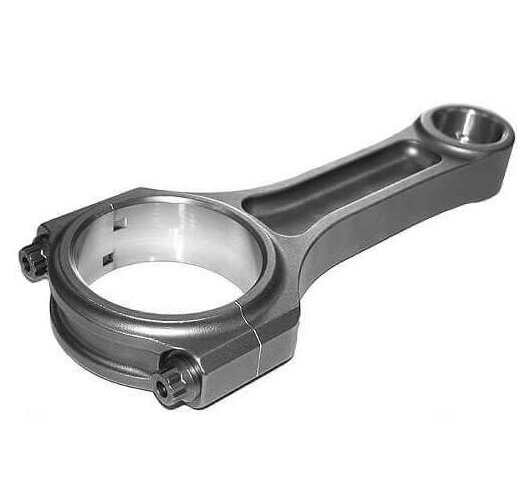Replacing connecting rod bearings is a crucial aspect of maintaining the performance of an engine. It is an intricate process that necessitates attention to detail, precision, and proper tools. This elaborate guide aims to provide insights on the significance of connecting rod bearings, the procedure for their replacement, the required tools, safety precautions, and the potential benefits of timely replacement.
Understanding the Role of Connecting Rod Bearings
Connecting rod bearings are integral components of an internal combustion engine. These bearings allow the connecting rod and crankshaft to move freely without creating excessive heat due to friction. Their role is paramount in ensuring the efficiency and longevity of the engine.
Recognizing the Signs of Worn Connecting Rod Bearings
Common signs indicating worn connecting rod bearings can include a knocking sound originating from the engine, diminished engine performance, or an increase in oil consumption. Timely detection and replacement of these bearings can prevent catastrophic engine failure and costly repairs.

Essential Tools for Replacing Connecting Rod Bearings
The process of replacing connecting rod bearings requires a specific toolset. This typically includes a torque wrench for precise tightening of bolts, a bearing puller for safe extraction of the old bearings, and a bearing driver for proper installation of new bearings. Additional tools such as a micrometer may be necessary to measure the clearance between the bearing and the crankshaft.
The Procedure to Replace Connecting Rod Bearings
The bearing replacement process consists of several steps, encompassing engine disassembly, removal of the old bearings, installation of the new bearings, and reassembly of the engine. Each step must be executed meticulously and in accordance with the manufacturer’s guidelines. For precise instructions, it is advisable to refer to a vehicle-specific repair manual.
Safety Precautions During the Bearing Replacement Process
Maintaining safety during the bearing replacement process is of utmost importance. Proper handling of the connecting rod and other engine parts is essential to avoid damaging them. Additionally, it is crucial to ensure adequate lubrication of the new bearings during installation to prevent premature wear and damage.
Boosting Engine Performance with Timely Bearing Replacement
Understanding how to replace connecting rod bearings is not just advantageous for professional mechanics, but also for car owners and auto enthusiasts. Regular and proper replacements can lead to improved engine performance, increased fuel efficiency, and enhanced vehicle reliability, making this skill a valuable asset for maintaining the health of your engine.